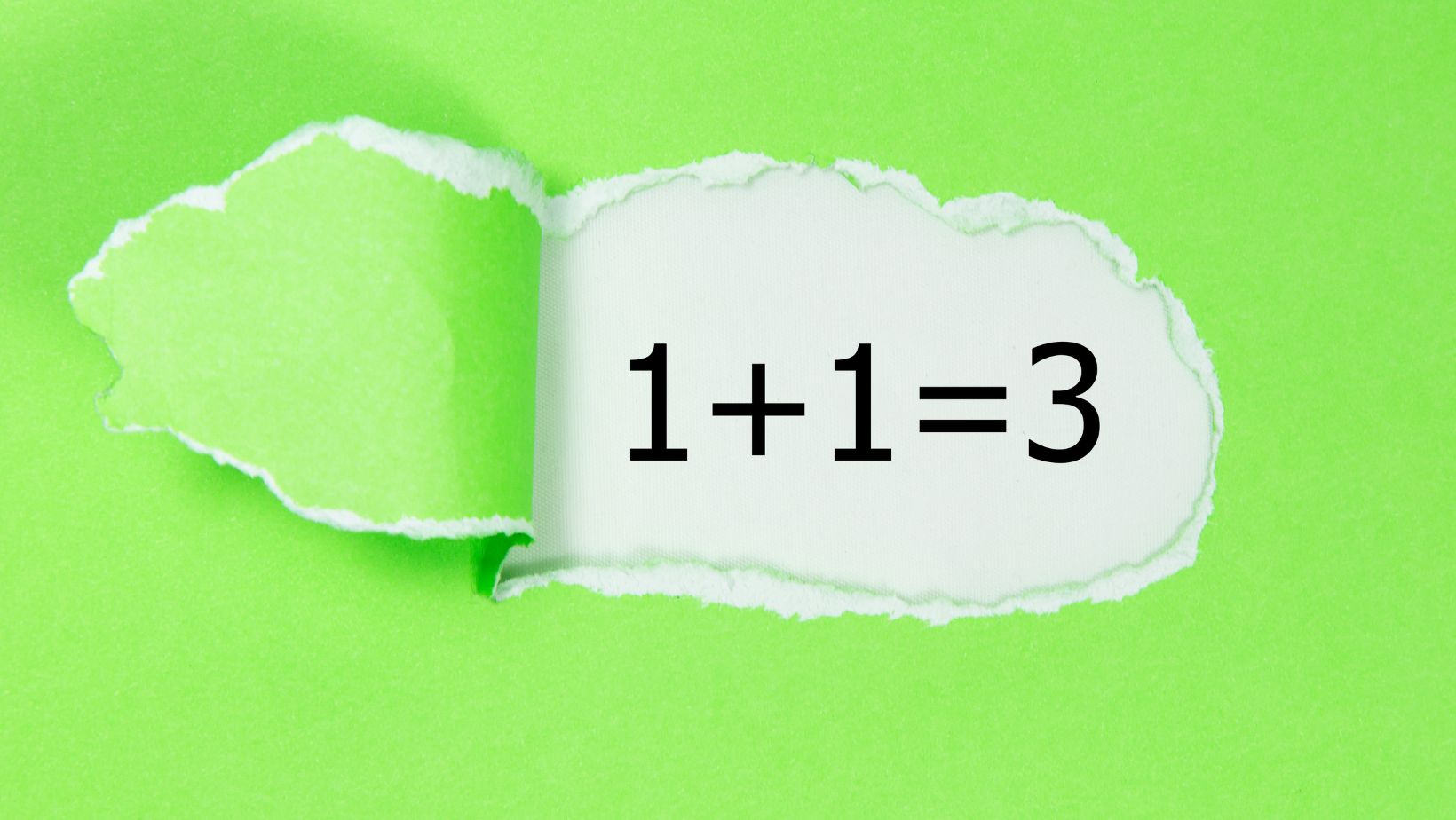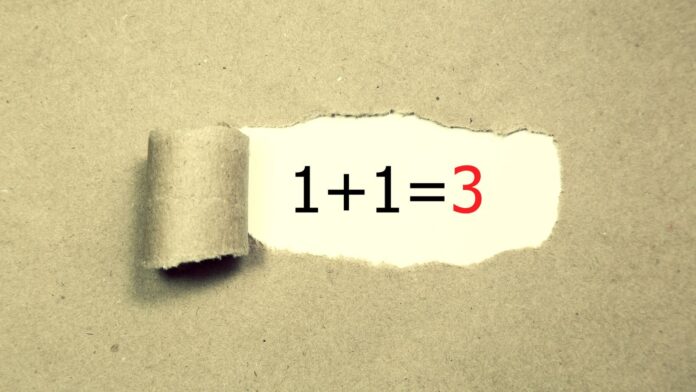What is Bigger 3/8 or 1/4
When comparing numbers, it’s important to understand their relative sizes. In the case of fractions, determining which is bigger can sometimes be a bit confusing. So, let’s dive into the question: What is bigger, 3/8 or 1/4?
To compare these two fractions, we need to find a common denominator. In this case, both fractions have different denominators – 8 and 4. To make them comparable, we need to express them using the same denominator.
To do this, we’ll multiply both the numerator and denominator of 1/4 by 2 (since 2 multiplied by 4 equals 8). This gives us a new fraction: 2/8. Now that both fractions share the same denominator of 8, we can directly compare their numerators.
Comparing the numerators now – which are 3 and 2 – we can see that 3/8 is indeed bigger than 1/4. Understanding fractions can be a bit perplexing at times, especially when you’re comparing numbers with different denominators. So, let’s delve into the question of what is bigger: 3/8 or 1/4?
To compare these fractions, we need to consider their numerators and denominators. The numerator represents the number of parts we have, while the denominator tells us how many equal parts make up a whole.
In the case of 3/8, we have three parts out of eight equal parts. And for 1/4, we have one part out of four equal parts. Now, when it comes to determining which fraction is larger, we need to find a common denominator.

Compare the Numbers
To compare these fractions easily, let’s find a common denominator that both 8 and 4 can divide evenly into. In this case, the least common multiple (LCM) of 8 and 4 is 8 itself.
By converting both fractions to have an eighth as their denominator, we get:
- For 3/8: Since it already has an eighth as its denominator, it remains unchanged.
- For 1/4: We multiply both numerator and denominator by two to get an equivalent fraction with an eighth as its denominator. Therefore, it becomes 2/8.
Now that both fractions share a common denominator (eighths), we can focus on comparing their numerators directly. With 3/8 versus 2/8 in terms of eighths’ representation, it becomes evident that:
- The fraction with the greater numerator is considered larger.
- In this case, since three eighths (3/8) is greater than two eighths (2/8), we conclude that 3/8 is indeed bigger than 1/4.
Remembering some key points about comparing fractions can help simplify future comparisons:
- When denominators are the same, larger numerators mean a larger fraction.
- When denominators differ, finding a common denominator makes the comparison easier.
Understanding fractions is essential for various applications in daily life, including cooking, measurements, and even financial calculations. So the next time you come across fractions like 3/8 and 1/4, you’ll have the knowledge to confidently compare and determine which is bigger. Comparing fractions can sometimes be a perplexing task, especially when faced with two seemingly similar numbers. In the case of 3/8 and 1/4, determining which one is bigger requires a closer look at their numerical values.
To compare these fractions, we need to examine their denominators and numerators. The denominator represents the number of equal parts into which a whole is divided, while the numerator signifies how many of those parts are being considered.
In this case, both fractions have different denominators: 3/8 has an 8 as its denominator, while 1/4 has a 4. When comparing fractions with different denominators, it’s often helpful to find a common denominator. By finding a common ground for comparison, we can make an accurate judgment about their relative sizes.


